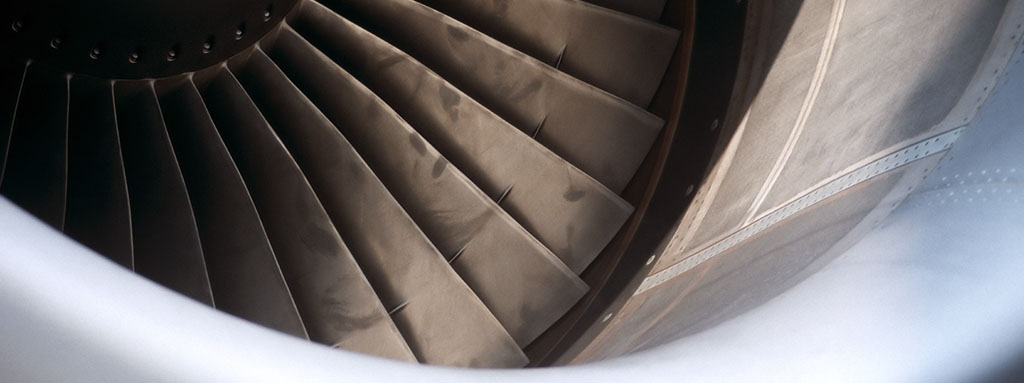Heat and temperature are two concepts so closely related that colloquially they can be used as synonyms. However, strictly speaking, the temperature of an object quantifies the speed or energy with which its atoms move, whereas heat is the transfer of this energy between two objects, due to their being connected to each other and being at different temperatures.
The main working area for aircraft is thousands of metres above sea level, where changes in thermal conditions make it necessary to have appropriate systems for controlling temperature. But this is also true on land…
An object that is at a higher temperature than the temperature it was designed for will sooner or later present a problem in its operation. For example, in electronic equipment the trajectory of electrons will become uncontrolled, causing signals to not be transmitted as expected. Moreover, extremely excessive temperatures can cause a material to change from solid to liquid, a change of state known as fusion. This occurs when atoms are moving so much that they disengage from one other. This happens in some aircraft or their components when passing through the atmosphere at an improper angle or speed, usually due to a loss of control. Inevitably, this leads to their destruction.
As far as living beings are concerned, we also need to constrain temperature levels so that our metabolism does not suffer. Achieving this comfort is essential in passenger aircraft. However, occasionally there are reports of a problem with a pet that may have been transported in an area that is not temperature-controlled (and is therefore not suitable), such as the cargo hold.
As you may imagine, it is necessary to have different cooling systems to manage heat and avoid problems derived from excessive temperatures. One possible classification could be as follows:
Cooling of the cabin
Most aircraft fly at a considerable height of thousands of kilometres above sea level, and have pressurised cabins to compensate for the lower levels of oxygen in the air. In addition, at these altitudes the outdoor air is very cold (tens of degrees below zero), so it is necessary to create a temperature-controlled atmosphere inside the cabin, similar to the air conditioning system we have in our homes. However, the major difference is that the air does not come from an outdoor unit located on a terrace or balcony, but instead there is a complex compression system for air that enters through the engines. This treatment causes the temperature to increase in the way that was explained in an excellent post published some time ago on this blog (see post).
Cooling of the structure
The structure of the aircraft will generally not require a specific temperature protection system, as the operating range of its materials is usually fairly high. Only some stratospheric aircraft, such as space shuttles, will require additional thermal protection. There are several mechanisms, such as adding special plates to the fuselage, that serve to withstand the high temperatures that occur at re-entry due to friction with the atmosphere.
Cooling of the equipment
There are two ways of cooling equipment: blowing air with impulse fans or extracting air with extractor fans. In this case, the physical principle is to take advantage of thermal convection, so that the air absorbs heat from the objects it surrounds. The use of ventilators causes there to be more previously unheated air to surround these objects.
On the other hand, it should be mentioned that water is even better at cooling than air, due to its greater specific heat capacity, which is a measure of the amount of energy it can absorb before increasing its temperature. That’s why it is used to cool cars and computers. In cars, the only reason water is mixed with other additives is to prevent it from freezing at temperatures below 0 ºC. But the use of water in aircraft presents a problem due to its greater weight, which is a parameter that has to be very much taken into account in this industry.
Finally, it should be noted that an additional utility of heat management systems currently being developed and experimented with, apart from cooling, is the attempt to reuse thermal energy by converting it into electrical energy. Fuel saving is another highly valued asset in this industry, and there is no doubt that we will see this technology being implemented within the next few years.



